I was at Cedar Tree Neck on June 24 and noticed a strange malady has affected the numerous beech trees there; most of the leaves on these trees were darker than normal and rather severely curled up. When asked, Noah Froh, the land conservation assistant for Sheriff’s Meadow Foundation, immediately referred me to an article in the November 2022 issue of Martha’s Vineyard Magazine entitled Whither The Beech which reports that a species of microscopic nematode is eating the insides of the beech leaves! Beech trees across the Island are affected.
This is just the most recent of many assaults on our woodlands. A decade ago it was the cyprinid gall wasp attacking and killing black oaks, and previous diseases have wiped out virtually all elm and chestnut trees. Here’s to hoping that our beautiful and, until now, increasing beech trees can avoid a similar fate.
A sign of the northward migration ending is that only one new species for the year was observed this week. Seth Buddy visited Waskosim’s Rock Reservation on June 25 and spotted an Acadian flycatcher singing by the parking lot. My recollection is that it has been a few years since this species was recorded on the Island, when individuals were seen for several years at Great Rock Bight.
While on the ferry between Martha’s Vineyard and Nantucket, David Benvent spotted two Wilson’s storm-petrels on June 24, and three of them on the return trip the next day.
While the northward migration is waning or over, the breeding season is peaking. Watching bird behavior can teach us a lot about the successes of their nesting attempts.
Baltimore orioles are always fun to watch and now their fledglings are conspicuous. Carol Arrowsmith saw them on June 19 in Vineyard Haven; David Padulo found them at Sheriff’s Meadow Sanctuary on June 20. In Oak Bluffs, Edid Gonzalez observed a fledgling oriole in his yard on June 21, as did Ruth Donohue on June 24 and Mary Austin on June 25. And in Ocean Heights, Sue Shea watched them in her yard on June 25.
David Padulo spotted a pair of Savannah sparrows at Katama Farm on June 21. After watching them for a while he discovered their nest! Tracy Dunbrack found a catbird nest with four almost-feathered-out chicks on Chappaquiddick on June 21.
Edid Gonzalez observed a tree swallow feeding hungry nestlings on June 21 at Felix Neck, and Lanny McDowell saw young tree swallows perched on fencing at Katama Farm on June 24. Jeff Bernier found barn swallows feeding their chick on fencing at Katama on June 23. When Sharon Pearson observed a great crested flycatcher carrying food in Vineyard Haven on June 23, she knew a nest was nearby. Jane Hawkes has been watching a red-bellied woodpecker feeding youngsters at her feeders.
Chimney swifts nest in all four down-Island towns, though I am not sure their nesting has been confirmed. They nest in chimneys, but which ones? Maybe you hear some unusual sounds from your chimney? Or maybe you see them entering or exiting a chimney. Most of us see these “cigars with wings” as they wing their way overhead, making their twittering sounds.
In West Tisbury Luanne Johnson watched two chimney swifts buzzing around the Grange Hall on June 20. On June 23 Katie DeSanto found two along Seaview avenue in Oak Bluffs. In Edgartown, David Padulo saw seven at Sheriff’s Meadow Sanctuary on June 25, the same day that Laura Lennihan observed three at Husselton Head Beach on West Chop.
This is an interesting time of the year for migratory waterbirds. They could be late northbound migrants, young or sick birds that do not have the strength to make it all the way to their nesting grounds, birds that have already dispersed from their nesting grounds (post-breeding dispersal), or even southbound migrants. Amazingly, shorebirds start their southbound migration in late June or early July.
There have been three sightings of black terns this month. Dennis Main saw one at Little Beach on June 7; Sam Scarfone found one on Norton Point Beach on June 19; and David Benvent observed two at Norton Point on June 23. This may be post-breeding dispersal.
David Padulo spotted a lone white-rumped sandpiper at Sheriff’s Meadow Sanctuary on June 20, that same day Chris Scott saw one near the Big Bridge. These two sightings came after two sightings last week: David Benvent found one at Norton Point on June 17 and Walt Looney spotted two on Little Beach on June 18. Matt Born spotted eight ruddy turnstones in the West Basin on June 20. Both species are supposed to be on their Arctic nesting grounds now.
Anne Culbert spotted two killdeer and a Cooper’s hawk on June 24 at Waterview Farm in Oak Bluffs.
Thrushes are amazing songbirds; all are excellent singers and most live in the woods. They typically have spots on their chests though our American robin is a little different since you need to see a recent fledgling to see their spots. They are also the one thrush that appears just about everywhere, and is probably hopping around your yard right now.
Wood thrushes have a flute-like song with the amazing ability to sing two notes at once. They are rather scarce, seen at only three locations this month: Old South Road in Aquinnah, Fulling Mill Brook in Chilmark and at Waskosim’s Rock. Hermit thrushes and veerys are even less common, with one or two June sightings in the past decade. Neither Swainson’s thrush nor gray-cheeked thrushes have the brownish or reddish markings of the previous three species, and neither nest on the Island. All the thrushes can be found during their northward or southward migration.
Please email your sightings to birds@vineyardgazette.com.
Robert Culbert is an ecological consultant with Nature Watch LLC living in Vineyard Haven.

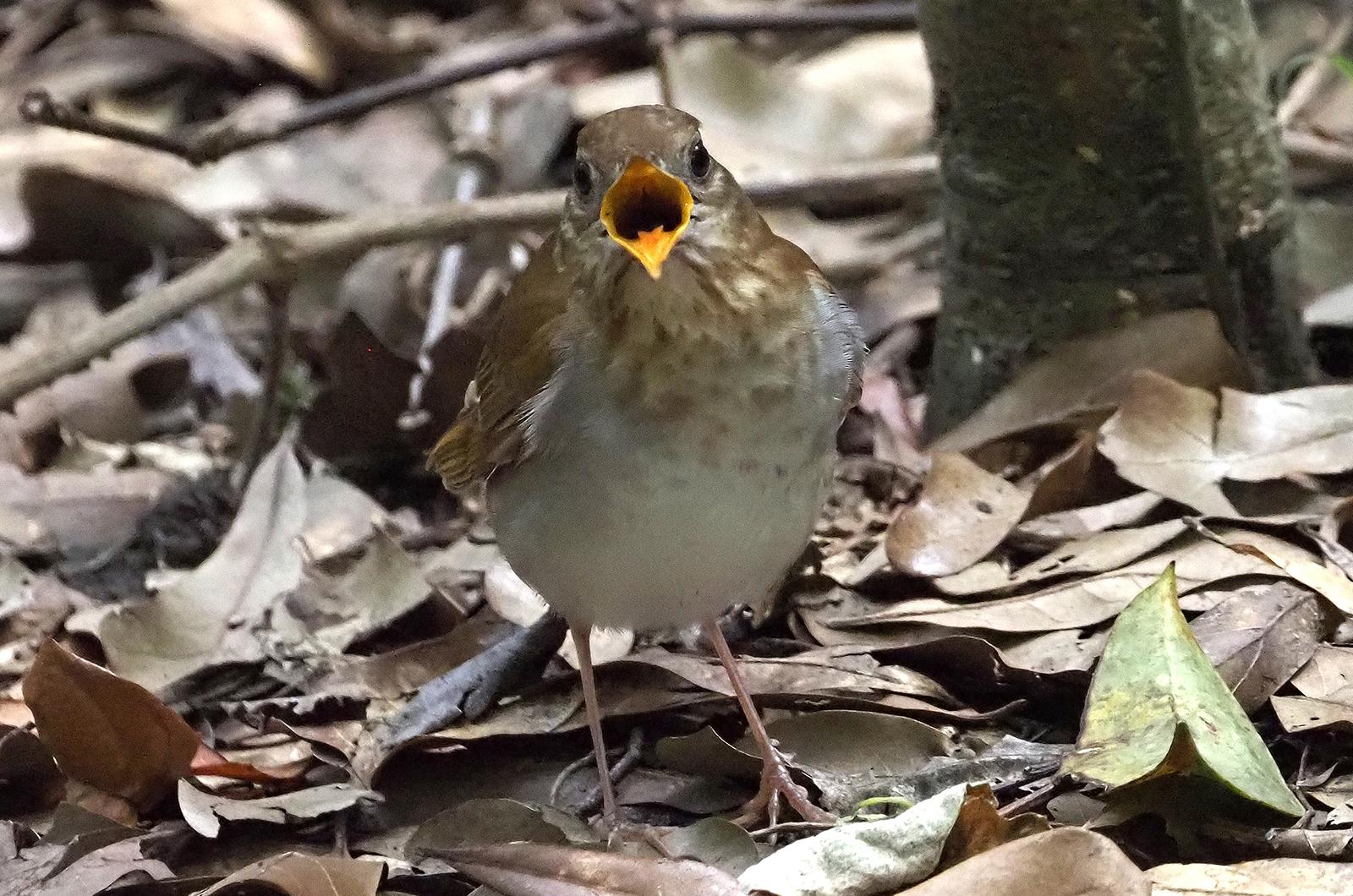
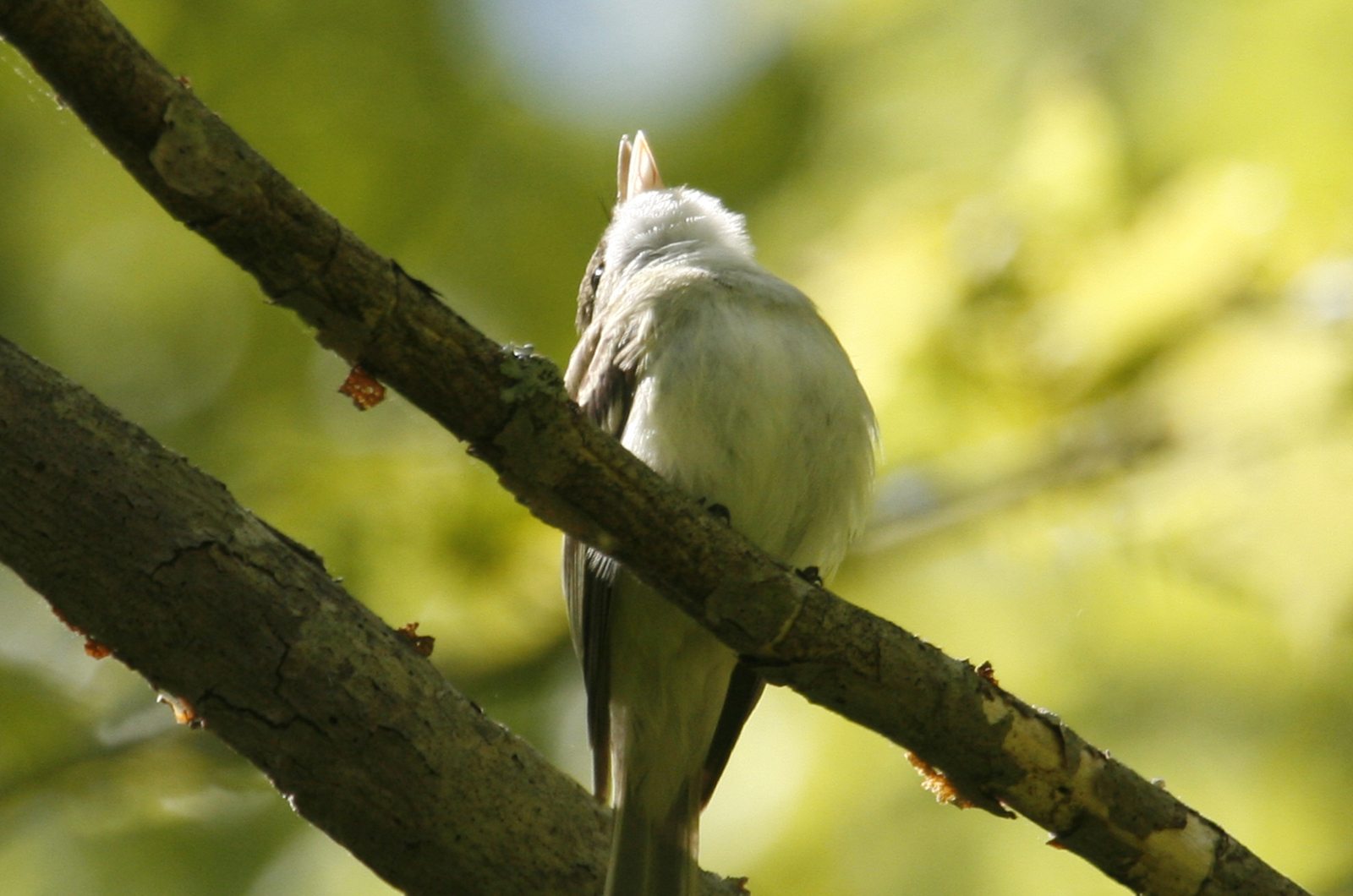
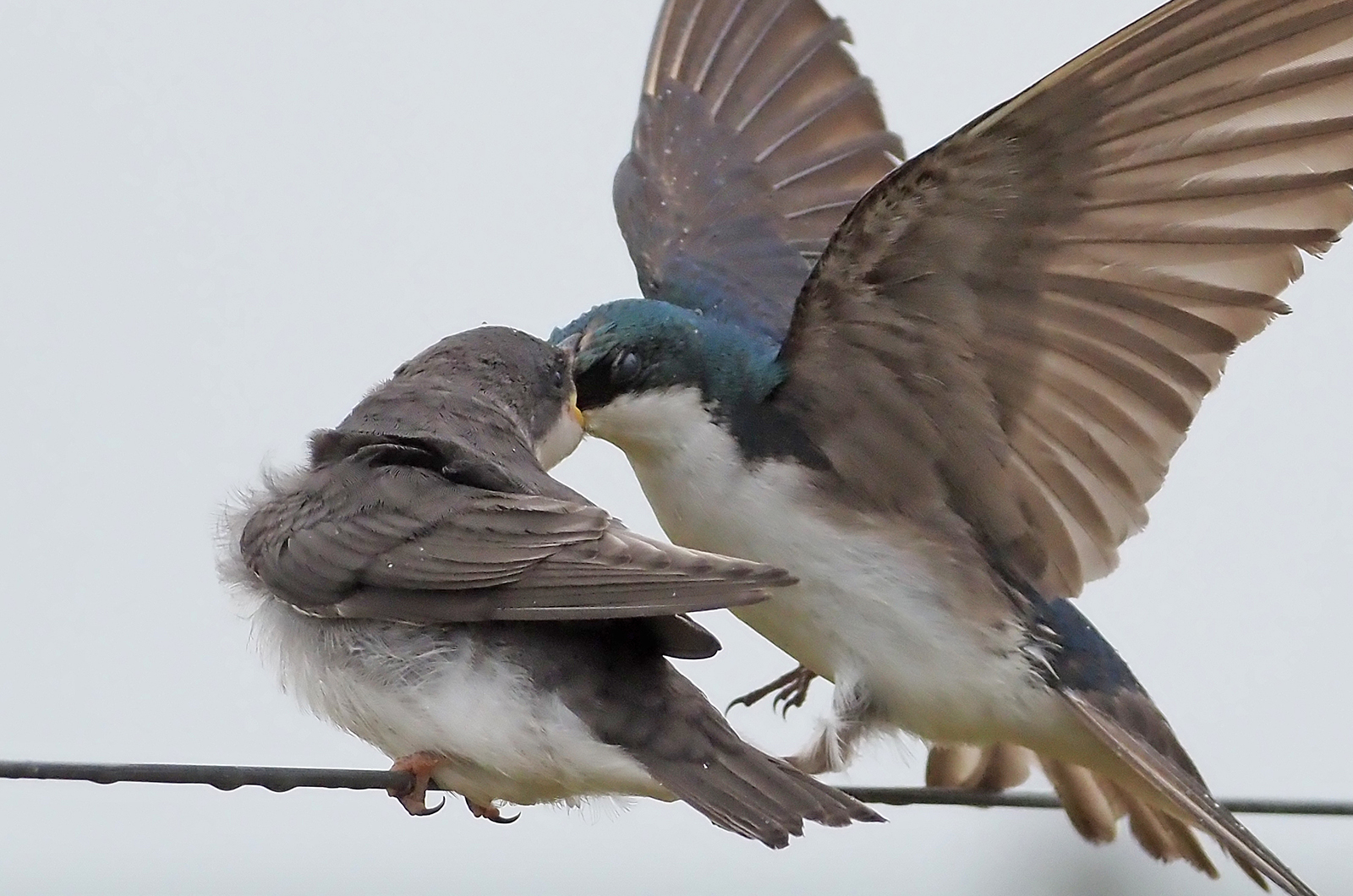
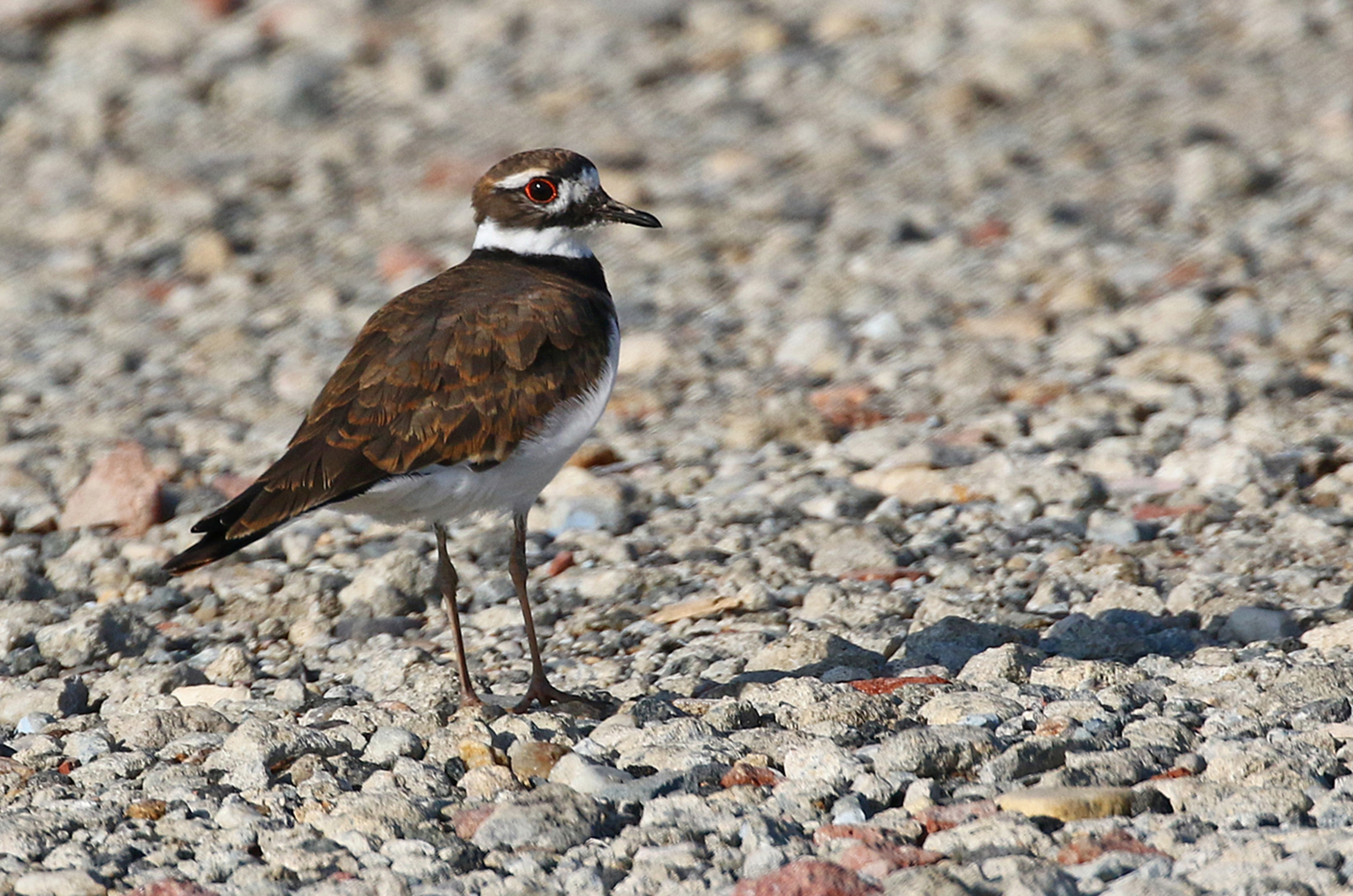
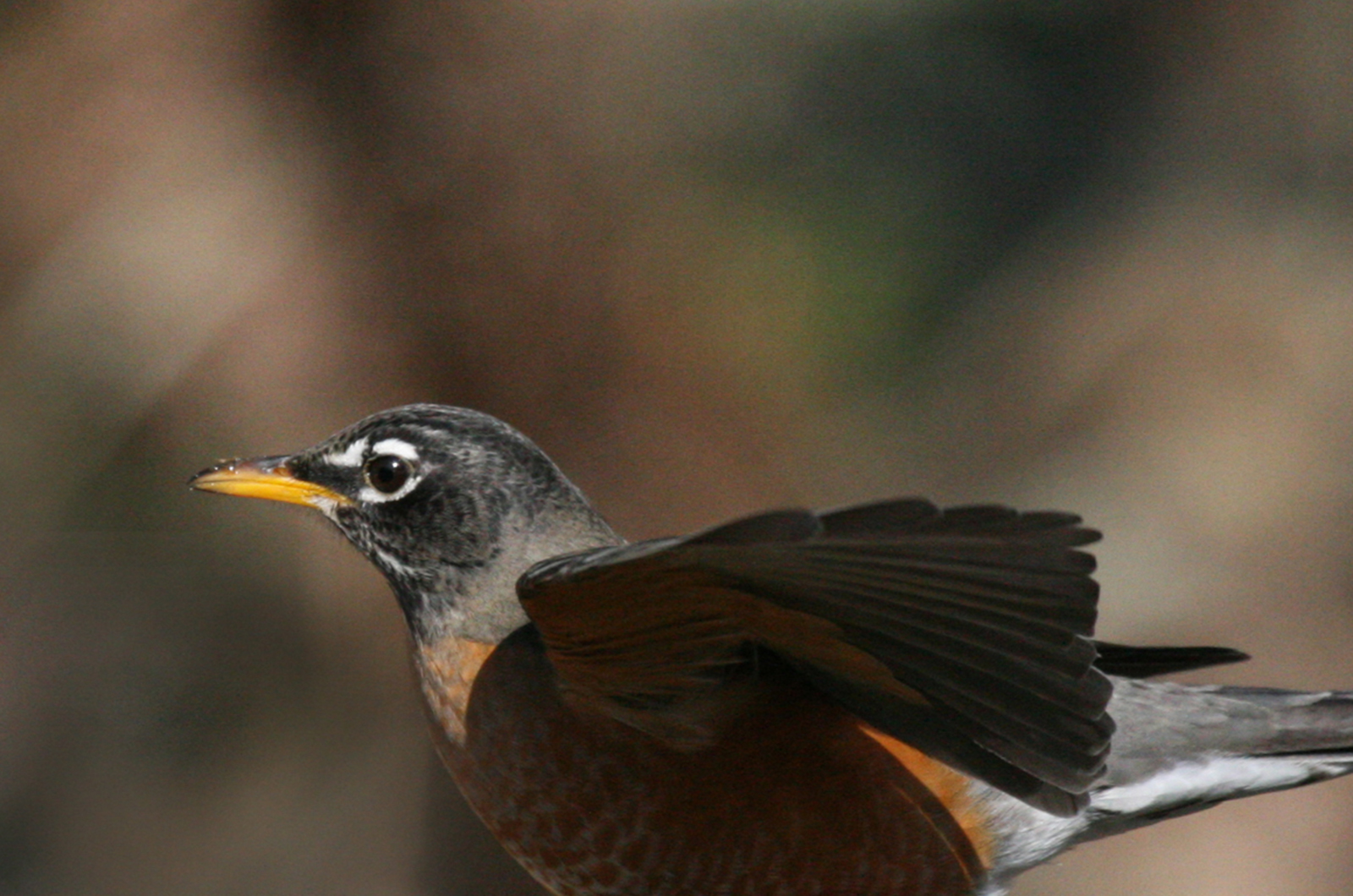


Comments (1)
Comments
Comment policy »